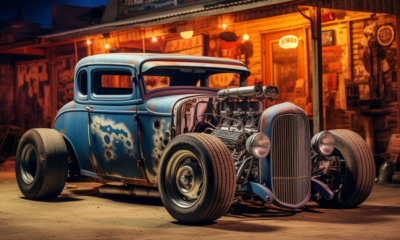Rat Rod History
What are Rat Rods?
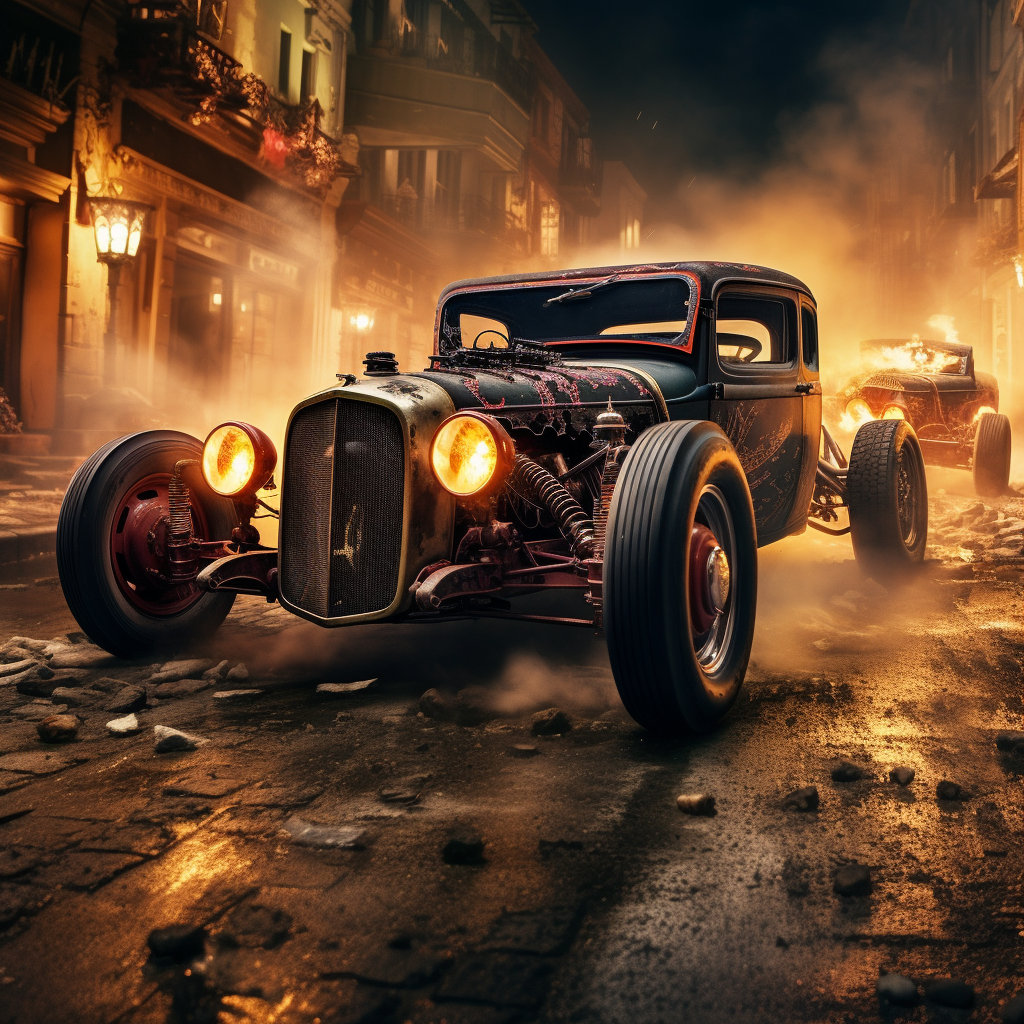
Rat rods are a unique breed of custom-built vehicles that embody a raw, rebellious spirit and stand out from traditional hot rods. With their distinct aesthetics and creative customization, rat rods have become a captivating subculture within the automotive world. In this article, we delve into the origins, key features, culture, building process, and legal considerations of rat rods, shedding light on this fascinating phenomenon.
Introduction
Rat rods have gained significant popularity among car enthusiasts due to their unorthodox appearance and DIY approach. Let’s explore what makes these vehicles so special and how they differ from conventional hot rods.
What are Rat Rods?
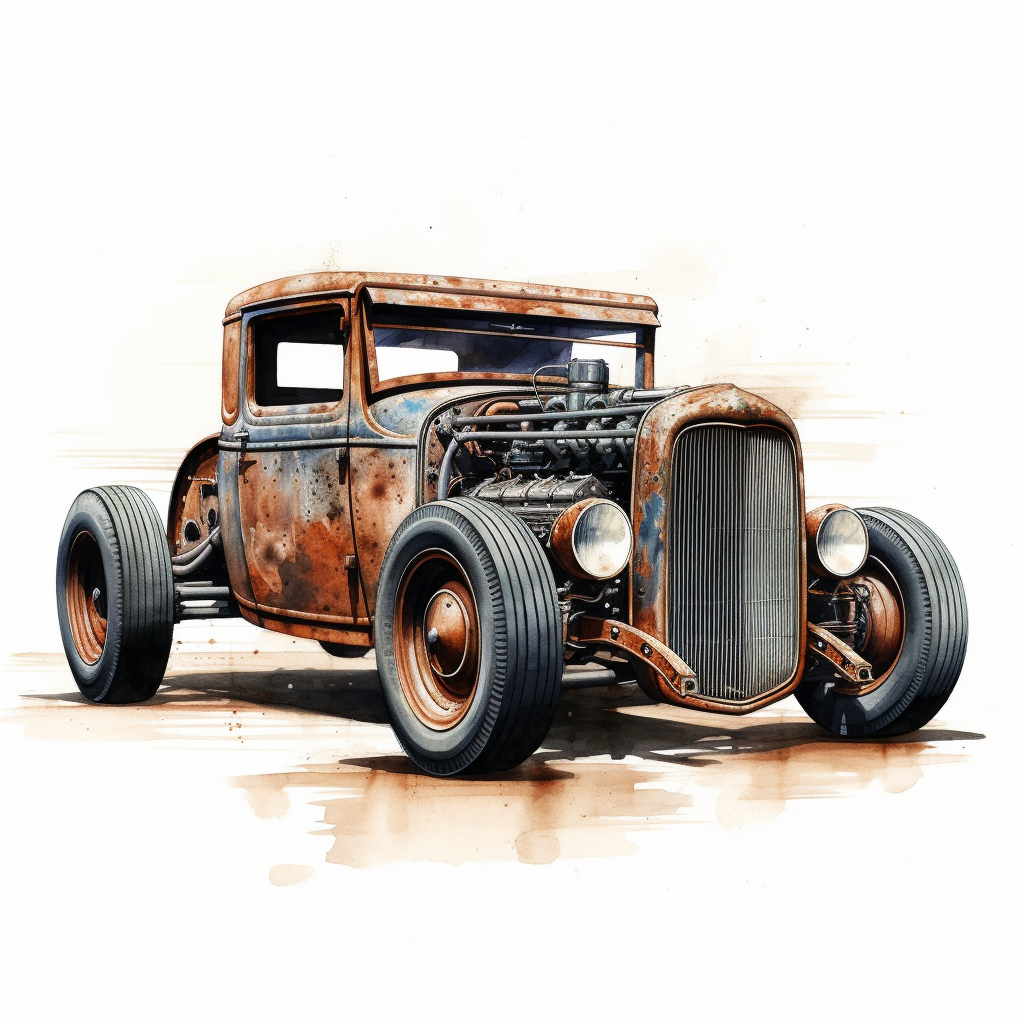
Definition
Rat rods are typically custom-built vehicles that combine elements of vintage automobiles with salvaged parts and an unfinished, weathered appearance. They often incorporate a mix of rust, primer, and unique paintwork to achieve their distinctive “rat” aesthetic.
Origins
Rat rods trace their roots back to the early days of hot rodding when car enthusiasts started modifying old vehicles to create unique, high-performance machines. Over time, the rat rod subculture emerged as a counter to the polished and expensive hot rods, embracing a more gritty and rough-around-the-edges style.
Key Features
Rat rods are characterized by several key features, including:
- Weathered or rusted exteriors
- Custom paintwork and graphics
- Exposed engine components
- Minimalistic interiors
- Wide variety of salvaged parts and accessories
Rat Rod Culture
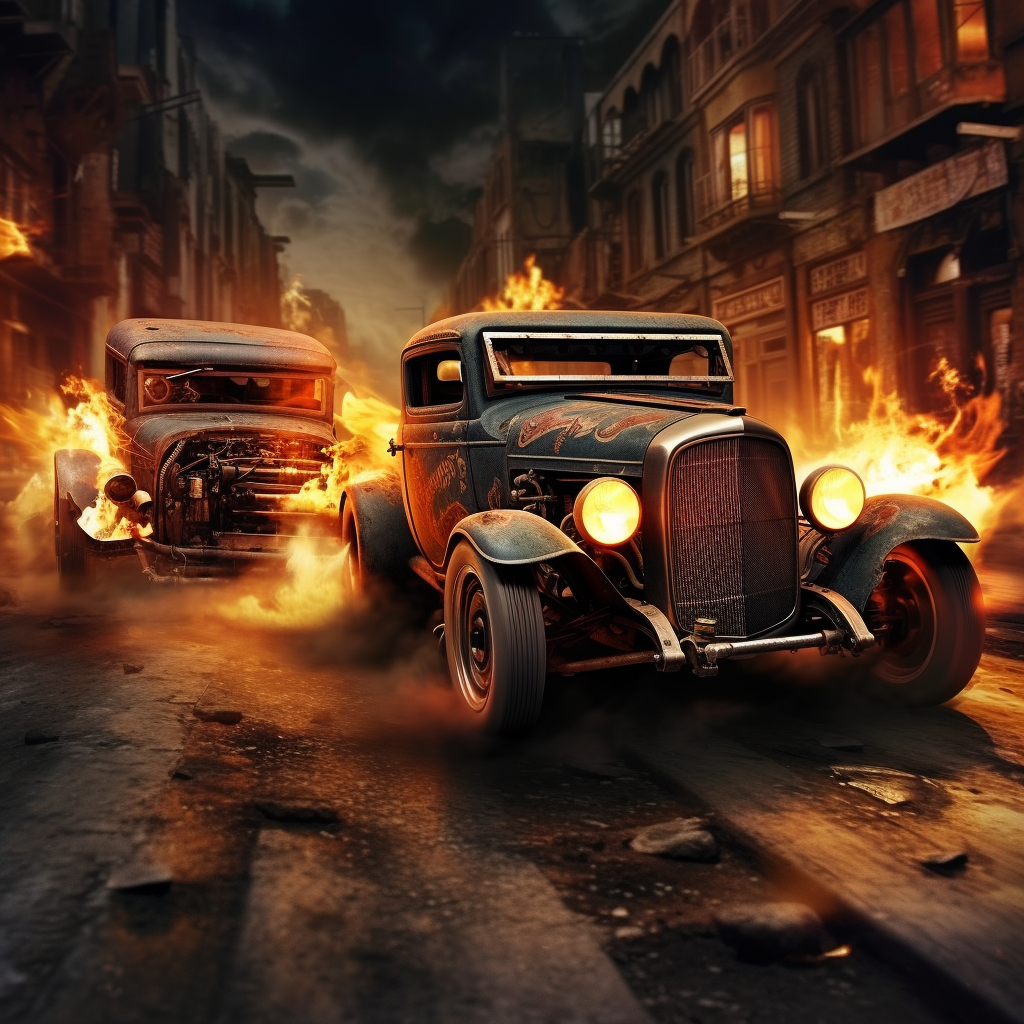
Rebel Spirit
Rat rod culture thrives on a rebel spirit that defies conventional norms and rejects the notion of conformity. Rat rod owners and builders embrace individuality and freedom of expression, using their vehicles as a canvas for personal creativity.
DIY Mentality
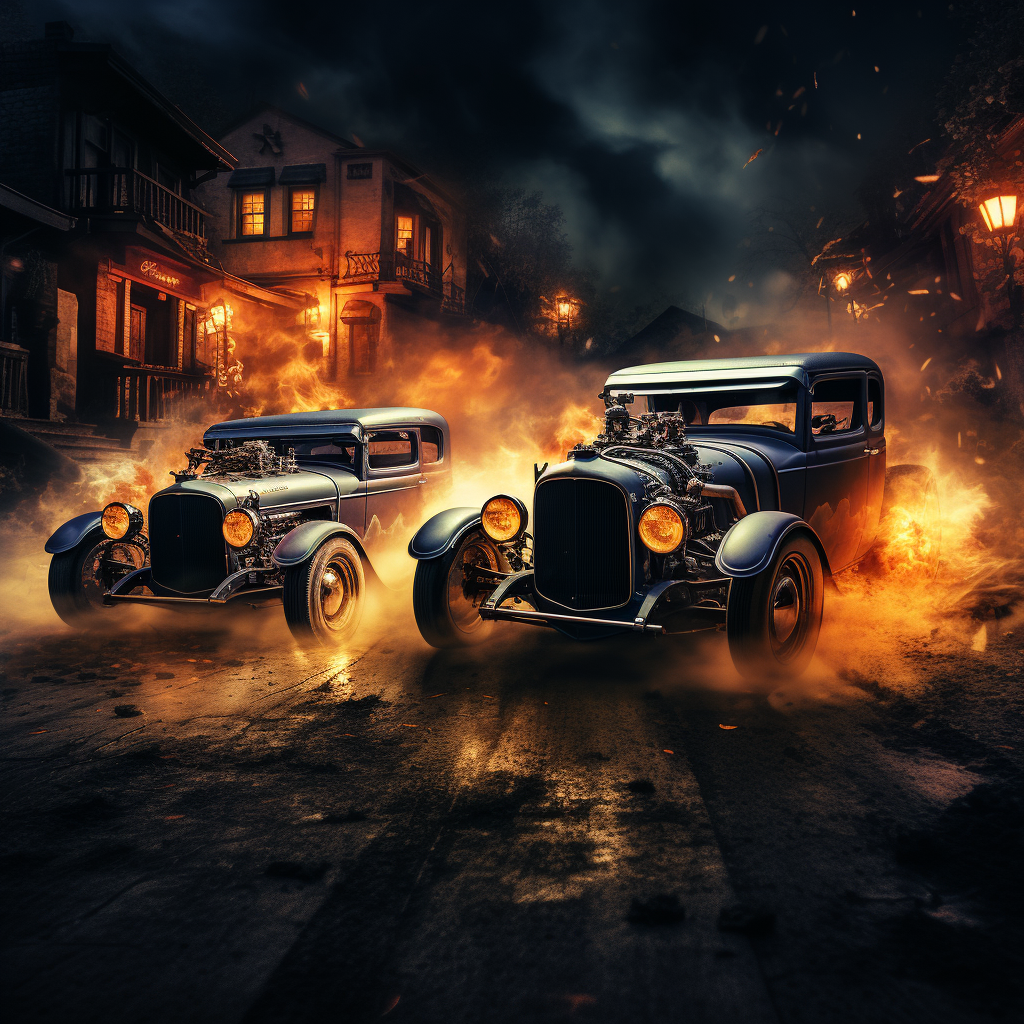
The do-it-yourself (DIY) mentality is at the core of rat rod culture. Enthusiasts take pride in building their vehicles from scratch, often using recycled or salvaged materials. This self-sufficiency fosters a strong sense of accomplishment and ownership.
Community and Events
Rat rod enthusiasts come together at various events, shows, and online forums to share their passion, showcase their builds, and exchange ideas. These gatherings create a sense of camaraderie and provide opportunities for networking and learning from fellow rat rod enthusiasts.
Building a Rat Rod
Selecting a Base Vehicle
The process of building a rat rod starts with selecting a suitable base vehicle, often an old car or truck with a solid frame. The choice of base vehicle sets the foundation for the overall style and theme of the rat rod.
Chopped and Sectioned Body
Rat rods often feature a chopped and sectioned body, where the roof is lowered and sections of the body are removed to achieve a sleeker and more streamlined appearance. This modification gives rat rods their signature
silhouette and enhances their visual impact.
Engine and Powertrain
Rat rods can be powered by a variety of engines, ranging from classic V8s to more modern powerplants. Engine swaps and performance modifications are common, with the goal of achieving a balance between power and reliability.
Unique Customization
One of the hallmarks of rat rods is their unique customization. From handcrafted interiors and custom gauges to unconventional accessories and embellishments, rat rod builders infuse their vehicles with personal touches that make them truly one-of-a-kind.
Rat Rods vs. Traditional Hot Rods
While rat rods and traditional hot rods share some similarities, such as their custom nature and love for automotive craftsmanship, there are distinct differences between the two. Rat rods prioritize creativity, individuality, and an unfinished look, while traditional hot rods often lean towards a polished, classic aesthetic.
Legal Considerations
When building and driving a rat rod, it’s crucial to understand and comply with relevant legal requirements. This includes ensuring compliance with local regulations regarding safety equipment, emissions, and registration. Consulting with local authorities and experienced rat rod builders can provide valuable guidance in navigating these legal considerations.
Maintenance and Safety
Proper maintenance and safety measures are vital for a safe and enjoyable rat rod experience. Regular inspections, routine upkeep, and adherence to safety standards help ensure that your rat rod performs reliably and minimizes the risk of accidents or breakdowns.
The Future of Rat Rods
As the automotive landscape evolves, the future of rat rods remains intriguing. While the subculture continues to thrive, we may see advancements in electric rat rods, innovative customization techniques, and a continued blending of modern technology with the raw aesthetics of rat rods.
Conclusion
Rat rods embody a unique blend of artistic expression, automotive craftsmanship, and rebellion. They celebrate the individuality and creativity of car enthusiasts who dare to stand out from the crowd. Whether you’re an aspiring builder or simply intrigued by these unconventional machines, rat rods offer a captivating journey into a world where passion and self-expression reign supreme.
FAQs
1. Are rat rods street legal? Rat rods can be made street legal by adhering to local regulations regarding safety equipment, emissions, and registration. It’s important to consult with local authorities to ensure compliance.
2. How long does it take to build a rat rod? The time required to build a rat rod varies depending on factors such as the complexity of the build, the availability of parts, and the builder’s experience. It can range from several months to several years.
3. Can I drive a rat rod daily? While it’s possible to drive a rat rod daily, their unique aesthetics and customization may make them more suitable for occasional or recreational use rather than daily commuting.
4. Where can I find rat rod events and shows? Online rat rod forums, social media groups, and automotive event listings are great sources for finding rat rod events and shows in your area.
5. Can I customize my rat rod with modern technology? Yes, many rat rod builders incorporate modern technology into their vehicles, such as modern engines, electronic systems, and advanced suspension setups. The level of customization is entirely up to the builder’s preference and vision.

Rat Rod History
What is the difference between a hotrod and a Ratrod?
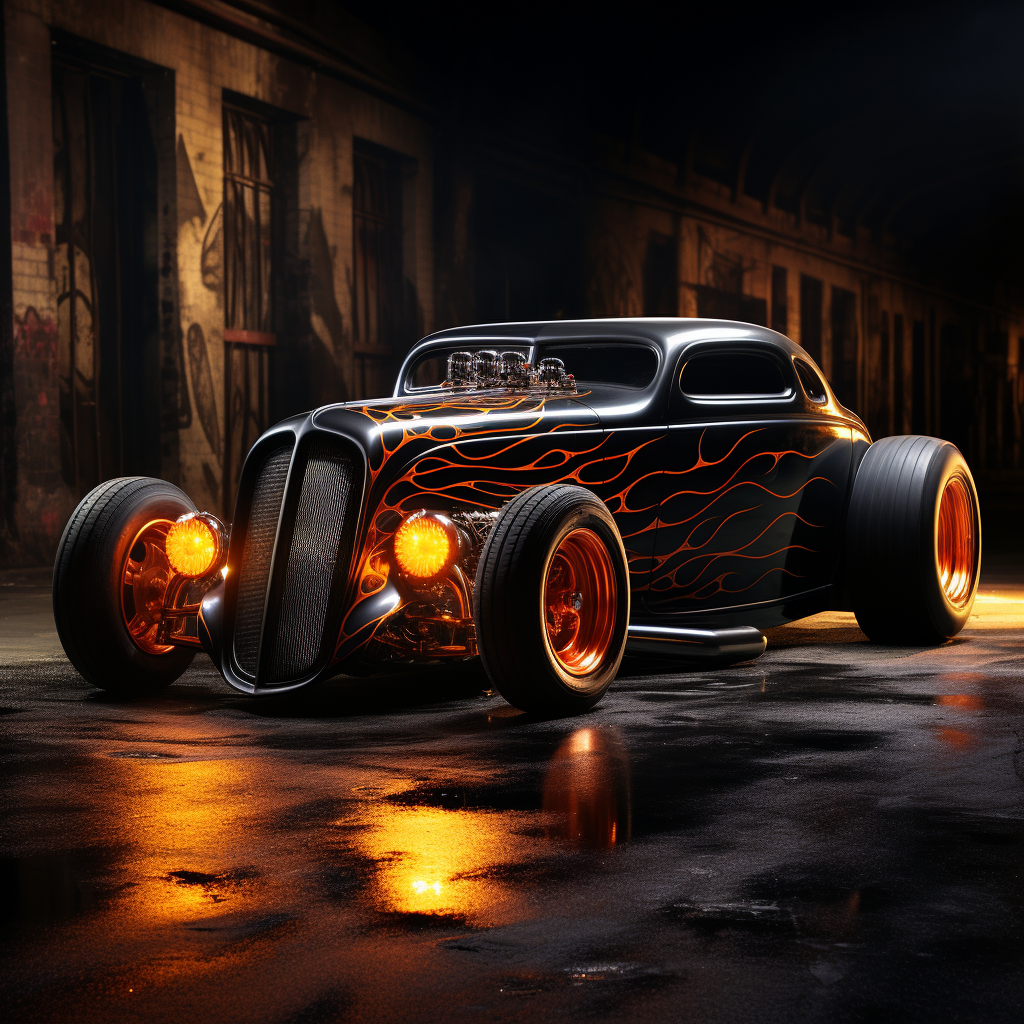
Let’s take a drive down memory lane. Can you imagine the rumble of engines, the smell of gasoline, and the excitement of the open road? As car enthusiasts, we’re often fascinated by unique automotive styles and subcultures. Two such popular cultures revolve around Hotrods and Ratrods. But what exactly distinguishes a Hotrod from a Ratrod? Buckle up as we navigate this exciting topic.
Understanding Hotrods
The History of Hotrods
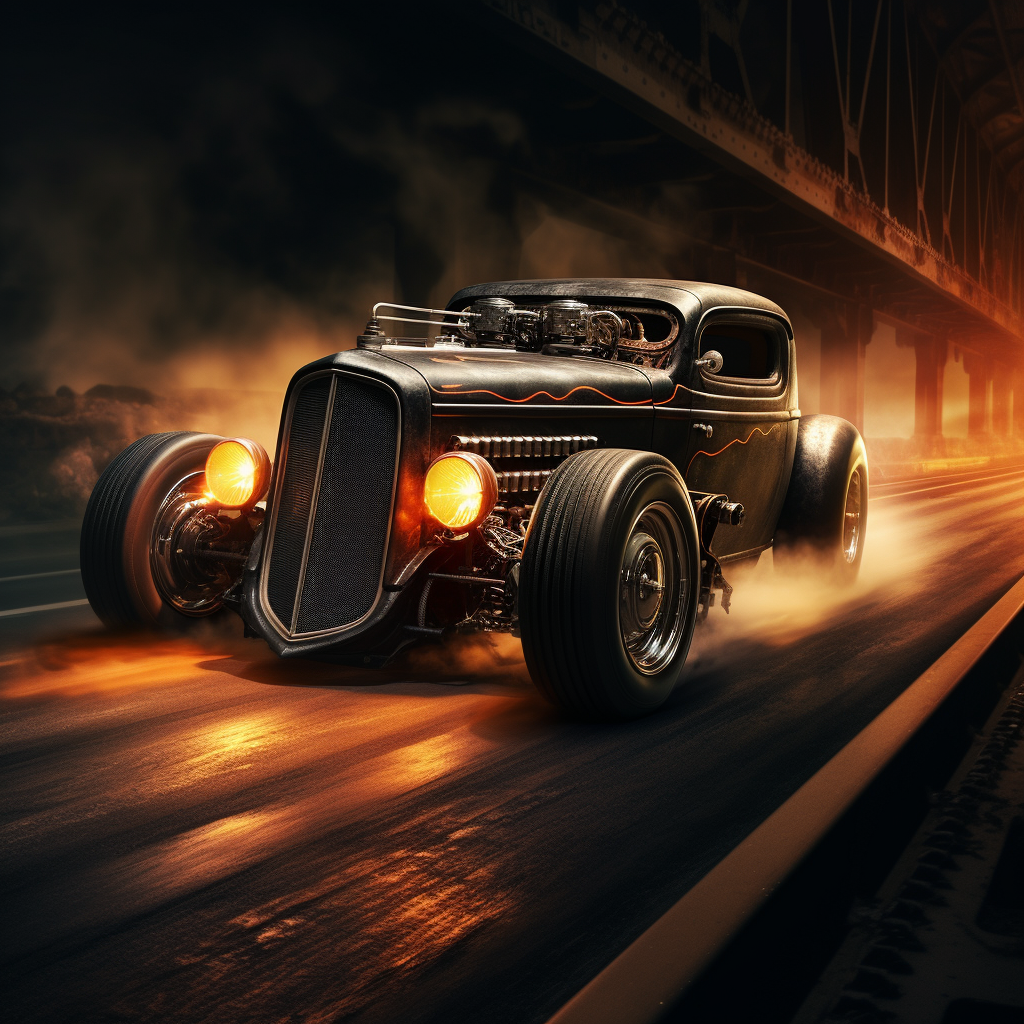
The story of Hotrods begins in the 1930s and 1940s in the United States, during the Great Depression. Resourceful individuals took to modifying older, often inexpensive cars, enhancing their speed and performance. This marked the birth of the Hotrod culture.
Characteristics of Hotrods
A Hotrod typically boasts a glossy and polished look. Hotrods often have their fenders removed and their engines exposed, with the primary focus being on performance enhancements and speed. Craftsmanship and the car’s aesthetic appeal are of high priority to Hotrod builders.
Understanding Ratrods
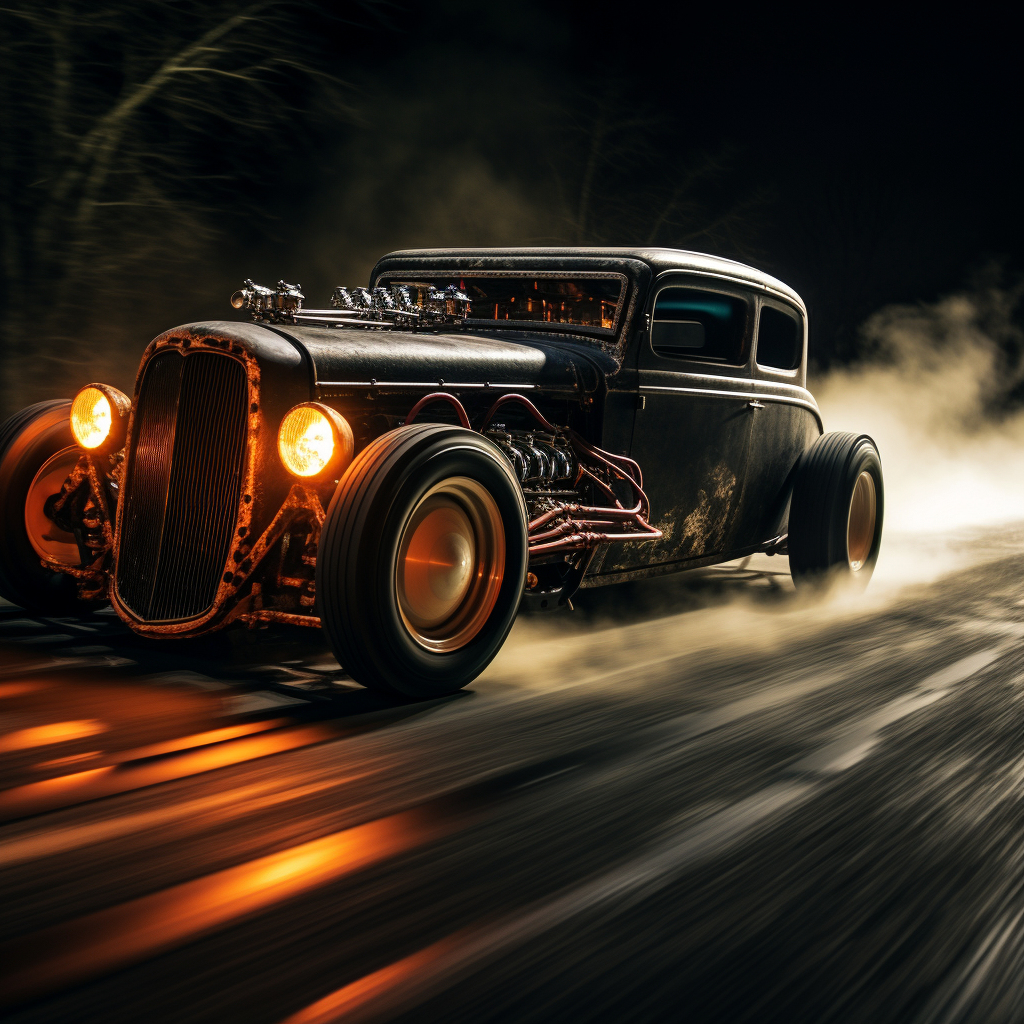
The Emergence of Ratrods
The Ratrod culture emerged as a counter-reaction to the costly and high-maintenance Hotrods in the late 1980s and early 1990s. Rat rods were created to bring back the original “rodding” spirit, focusing on functionality over looks.
Features of Ratrods
Unlike the polished Hotrods, Ratrods often sport a rugged, unfinished look, with intentional rust and aging, giving them their signature “rat” appearance. They’re typically built from a mishmash of parts from different makes and models, resulting in a more affordable, yet functional vehicle.
Key Differences Between Hotrods and Ratrods
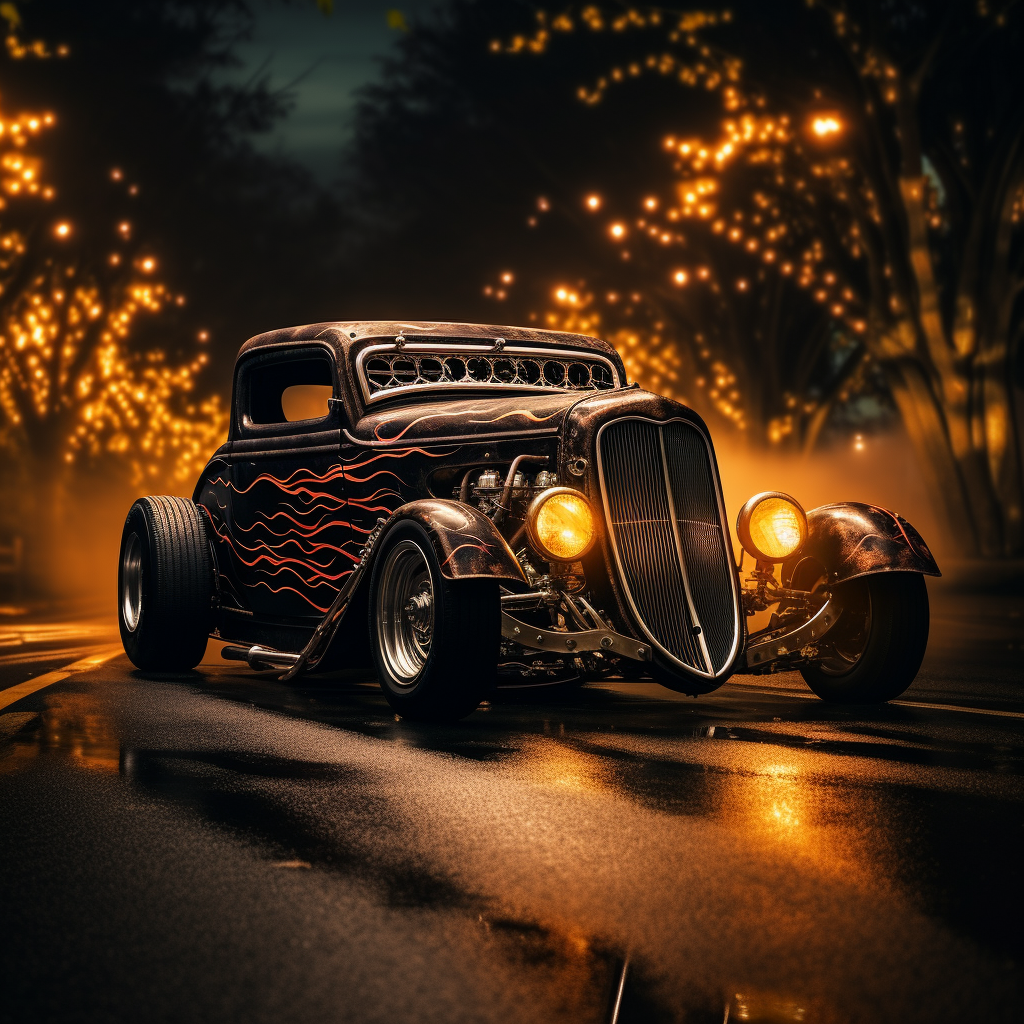
Aesthetics and Presentation
The most noticeable difference between Hotrods and Ratrods lies in their presentation. While Hotrods boast a shiny, polished look, Ratrods proudly display a rough and weathered aesthetic. Hotrods are often show cars, while Ratrods are meant to echo the original, blue-collar origins of the hobby.
Performance and Functionality
Though Hotrods and Ratrods both focus on performance, their approaches are different. Hotrods often have high-performance parts and a polished finish, whereas Ratrods are built with an emphasis on function over form, using whatever parts are available.
Choosing Between a Hotrod and a Ratrod
The decision between a Hotrod and a Ratrod boils down to personal preference. Are you drawn to the glossy and meticulously detailed Hotrod, or do you prefer the raw, unfinished aesthetics of the Ratrod? Either way, the choice reflects one’s personal style.
Conclusion
In the end, Hotrods and Ratrods are two sides of the same coin. They both revolve around a deep-rooted love for cars, speed, and the open road. However, they cater to different tastes and philosophies. Hotrods, with their flashy aesthetics and high-performance parts, are built to impress and thrill. On the other hand, Ratrods, with their rugged looks and use-what-you-have philosophy, reflect a more grounded and pragmatic approach. Regardless of the differences, both Hotrods and Ratrods represent the rich and diverse culture of automobile enthusiasts worldwide.
FAQs
- Why are Ratrods called ‘Rat’ rods? Ratrods are named after their rugged, rough-around-the-edges appearance, reminiscent of a scruffy rat. This look is often achieved through intentional rust and weathering.
- Can a Ratrod be as fast as a Hotrod? Yes, a Ratrod can be as fast as a Hotrod. While aesthetics differ, both Hotrods and Ratrods are often modified for enhanced speed and performance.
- Are Hotrods safer than Ratrods? Safety depends more on the build quality and maintenance of the vehicle than the style. A well-built and properly maintained Hotrod or Ratrod can be safe to drive.
- Is it cheaper to build a Ratrod or a Hotrod? Generally, it’s cheaper to build a Ratrod due to its use-what-you-have philosophy. Hotrods, with their high-end parts and glossy finishes, can be more expensive to build.
- Are Ratrods legal? The legality of Ratrods (and Hotrods) varies depending on local laws and regulations. Always check with local authorities or a legal advisor before building or buying a Ratrod.
Rat Rod Builds
What Cars Make Good Rat Rods
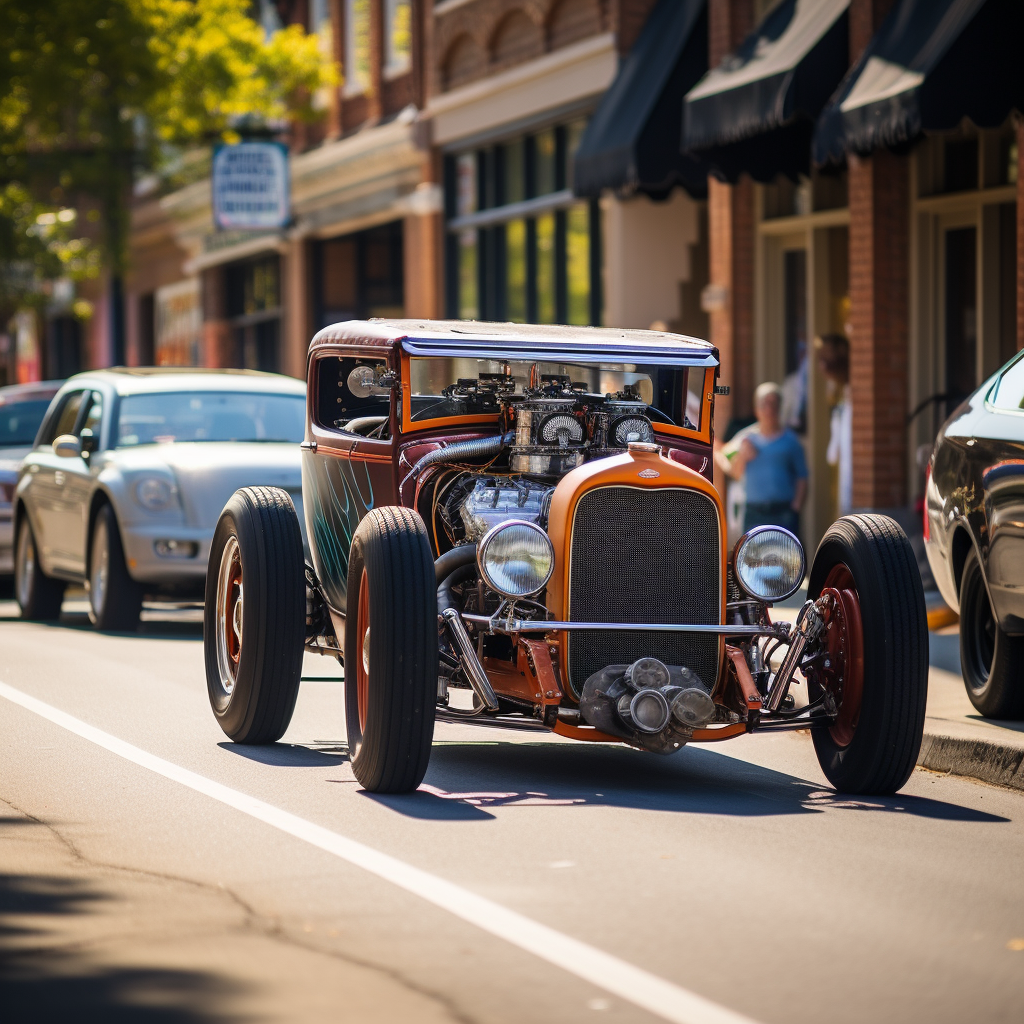
Introduction to Rat Rods
History of Rat Rods
Rat rods emerged from the post-war hot rod culture in America, carving out a distinct identity that resonated with classic car enthusiasts looking to create something truly their own. Unlike hot rods, which emphasize speed and polished aesthetics, rat rods celebrate the imperfect, the aged, and the recycled. They are stripped-down versions of old cars, their bodies lowered over wide, white-wall tires, often with the roof chopped for a streamlined look. Each rat rod is a rolling testament to the skills and vision of its creator, offering a bold statement about disregarding traditional norms and conventions.
Essential Features of Rat Rods
Aesthetic Appeal
Rusty and Weathered
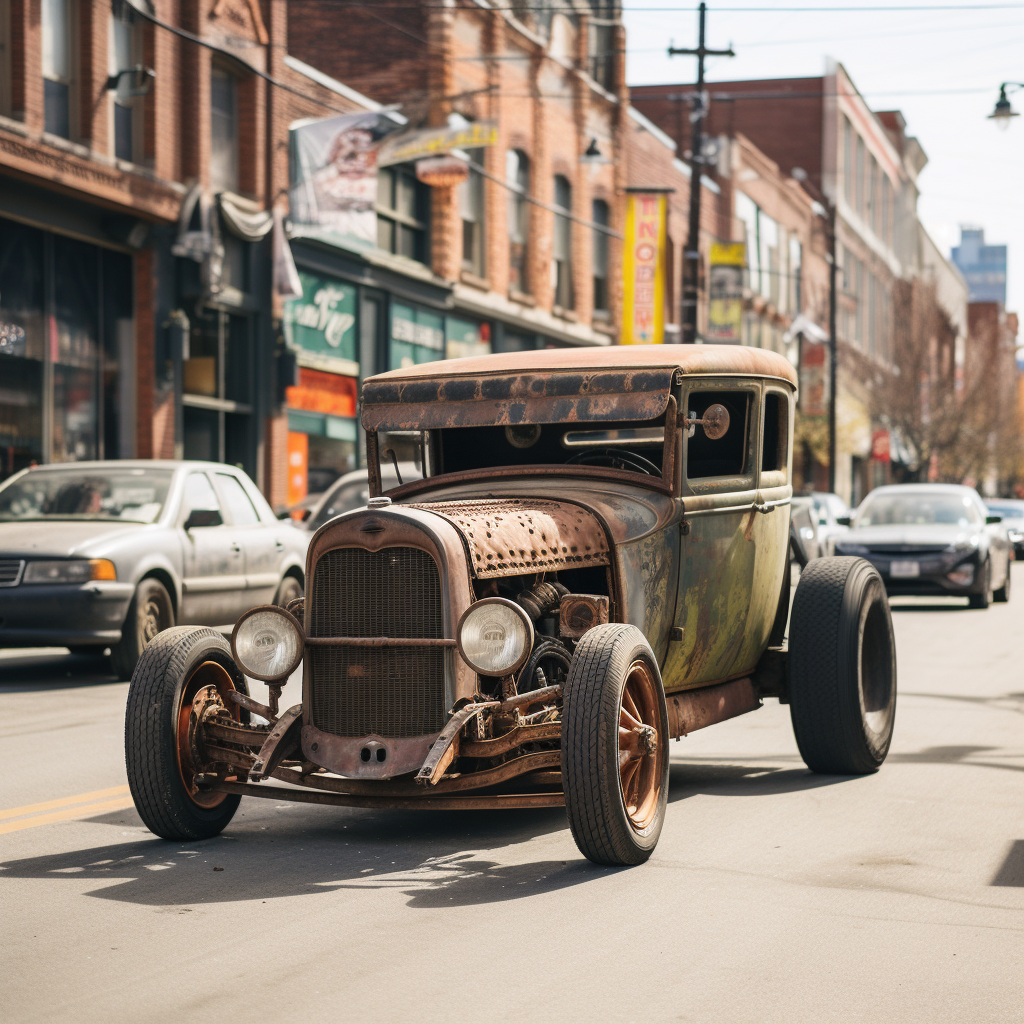
The character of a rat rod is etched in every bit of its patina, rust, and wear. This is a far cry from the gleaming history. Each dent, scratch, and rust patch tells a story and is a proud badge of honor on a rat rod.
Vintage and Distinct
Rat rods are undeniably distinct. They are rolling works of art that capture attention wherever they go. The cars used to build rat rods are usually models from the pre-1960s, chosen for their unique lines and the feeling of nostalgia they evoke. Unlike many classic cars that have been restored to their factory condition, rat rods are customized to reflect the builder’s individual style, often featuring an eclectic mix of parts from different makes and models.
Best Cars for Rat Rods
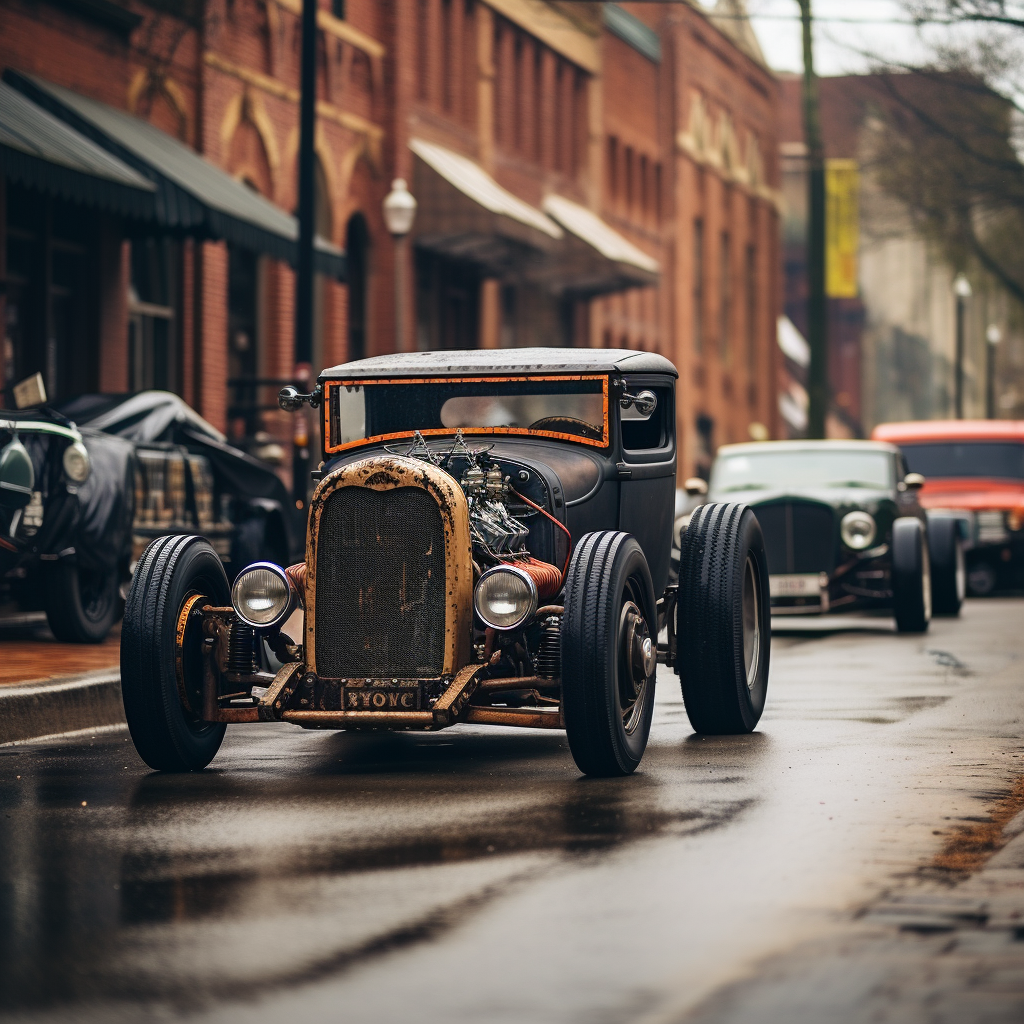
1930s Ford Models
Model A
The Ford Model A is a firm favorite in the rat rod scene. Its production run from 1927 to 1931 ensures there are still plenty of these cars around, often at affordable prices. Its distinct shape lends itself well to the typical rat rod look, and the wide range of aftermarket parts available makes it an ideal platform for customization. A rat rod built from a Model A is a classic choice and pays homage to the roots of hot rodding.
Model T
The Model T is another beloved Ford for rat rod conversions. Produced between 1908 and 1927, the Model T is an icon of the American automobile industry and a symbol of the country’s innovation during the early part of the 20th century. Its distinctive, vintage silhouette serves as an excellent foundation for a rat rod build, celebrating the past while creating something new and exciting.
1940s to 1950s Chevys
Chevrolet models from the 1940s and 50s also make excellent candidates for rat rods. Chevy’s of this era, such as the 3100 pickup, Fleetline, and Bel Air, offer a range of body styles that are ripe for customization. Their curvaceous body lines, distinctive grilles, and classic styling cues add to their appeal and make them a popular choice for those looking to build a standout rat rod.
Customizing Your Rat Rod
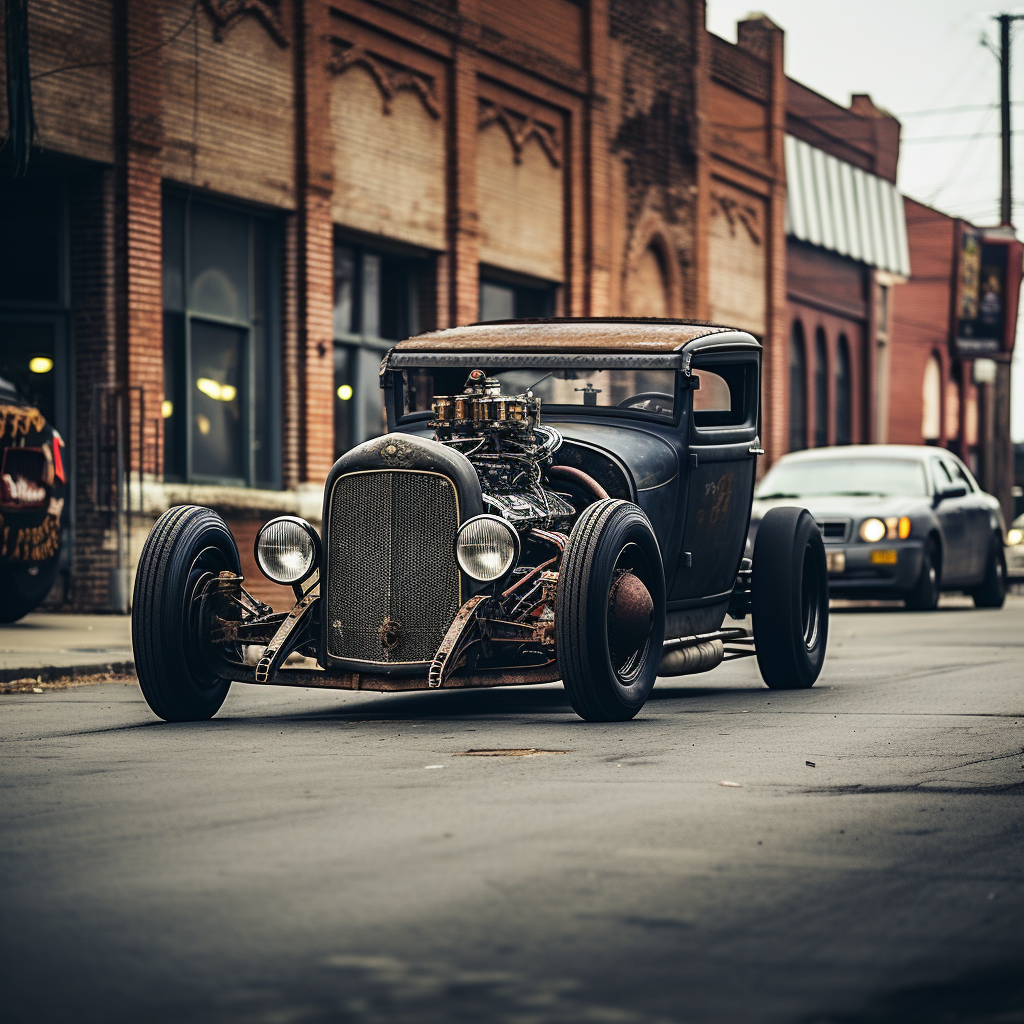
Rat rod customization is a form of automotive self-expression. While some builders choose to let their car’s original patina tell its story, others see the rusted metal as a blank canvas. Vintage signage, artistically-done welds, unconventional parts – there are no rules in rat rod customization. Everything from vintage Coca-Cola coolers to old farm equipment can find a new purpose in a rat rod build.
The Rat Rod Community
The rat rod community is as diverse as the cars themselves. It is a blend of backyard builders, professional car shops, and everyone in between. This is a community bound together by a shared passion for old-school cool and a do-it-yourself ethos. Whether it’s at car shows, swap meets, or on internet forums, rat rod enthusiasts gather to showcase their latest builds, share knowledge, and celebrate the love of all things automotive.
Conclusion
Rat rods are a testament to the individuality and inventiveness of their builders. They stand as a distinct subculture within the broader automotive world, one that values authenticity, history, and the pure enjoyment of creating something unique. Whether you start with a 1930s Ford Model A, a Model T, or a mid-century Chevy, the best rat rod is one that reflects your personality and spirit. Rat rodding isn’t just about building a car—it’s about celebrating creativity and expressing your own unique vision on four wheels.
FAQs
- What is a Rat Rod? A Rat Rod is a style of hot rod or custom car that imitates the early hot rods of the 1940s-1960s. They’re not meant to be perfect; they’re about displaying the worn-out, rough edges and the raw mechanics.
- Why are they called Rat Rods? The term “rat rod” is believed to be a nod to the scrappy, DIY nature of these cars. They’re built to be driven, not just shown off, much like a “rat bike,” a term used for a motorcycle that is kept running through improvisation.
- What makes a good base for a Rat Rod? Pre-1960s cars make good bases for rat rods due to their distinct shapes, and the relative abundance of parts. Popular models include the Ford Model A, Ford Model T, and Chevys from the 1940s and 1950s.
- Are Rat Rods safe? While rat rods often have a raw, unfinished look, they must still be built to be roadworthy. This includes having functioning safety equipment like brakes and lights. However, like any custom vehicle, the safety of a rat rod largely depends on the knowledge and skill of the builder.
- How much does it cost to build a Rat Rod? The cost to build a rat rod can vary greatly, depending on the starting vehicle, the desired modifications, and the builder’s ability to source parts and do the work themselves. Some builds can be done for as little as a few thousand dollars, while others can cost tens of thousands. The value in a rat rod is less about the money spent and more about the creativity and labor that goes into it.
As you embark on your rat rod journey, remember that the perfect rat rod doesn’t have to be an expensive endeavor. What truly matters is the passion, creativity, and dedication you pour into your project. Happy building!
-
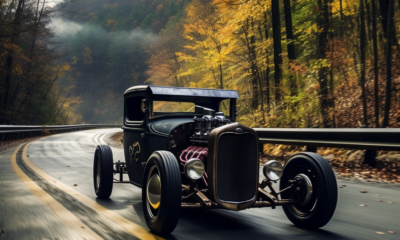
 Rat Rod Events10 months ago
Rat Rod Events10 months agoRat Rod Shows in Tennessee: A Guide
-
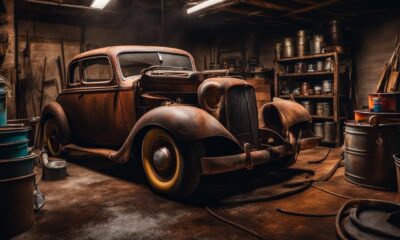
 Rat Rod Builds6 months ago
Rat Rod Builds6 months agoMaster Guide: How to Do a Rat Rod Paint Job Like a Pro
-
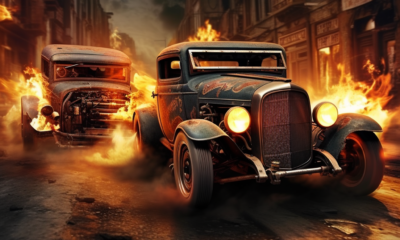
 Rat Rod Videos10 months ago
Rat Rod Videos10 months ago25 Minutes of RAT RODS: “Doomsday” Special
-
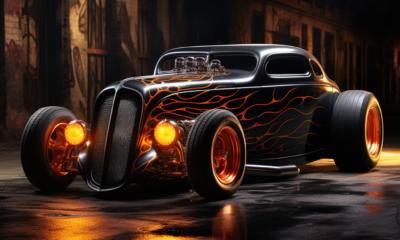
 Rat Rod History10 months ago
Rat Rod History10 months agoWhat is the difference between a hotrod and a Ratrod?
-
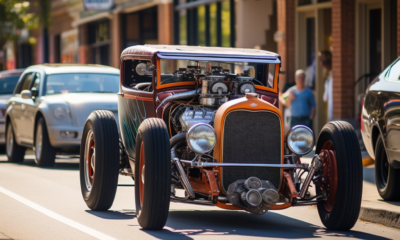
 Rat Rod Builds10 months ago
Rat Rod Builds10 months agoWhat Cars Make Good Rat Rods
-
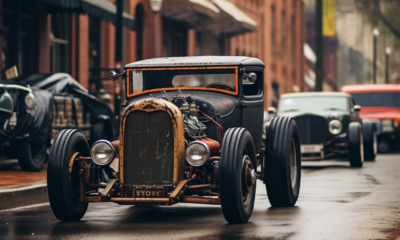
 Rat Rod Videos10 months ago
Rat Rod Videos10 months agoWorld’s 7 Incredible Rat Rods That Will Amaze You
-

 Rat Rod Builds6 months ago
Rat Rod Builds6 months agoMaster Guide: How to Make a VW Bug Rat Rod – Step by Step
-
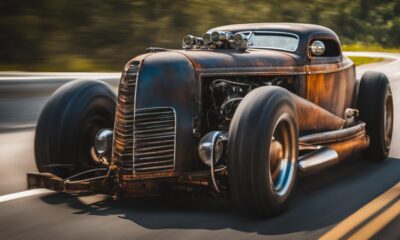
 Rat Rod Builds6 months ago
Rat Rod Builds6 months agoMastering the Art of Making a Rat Rod Street Legal
